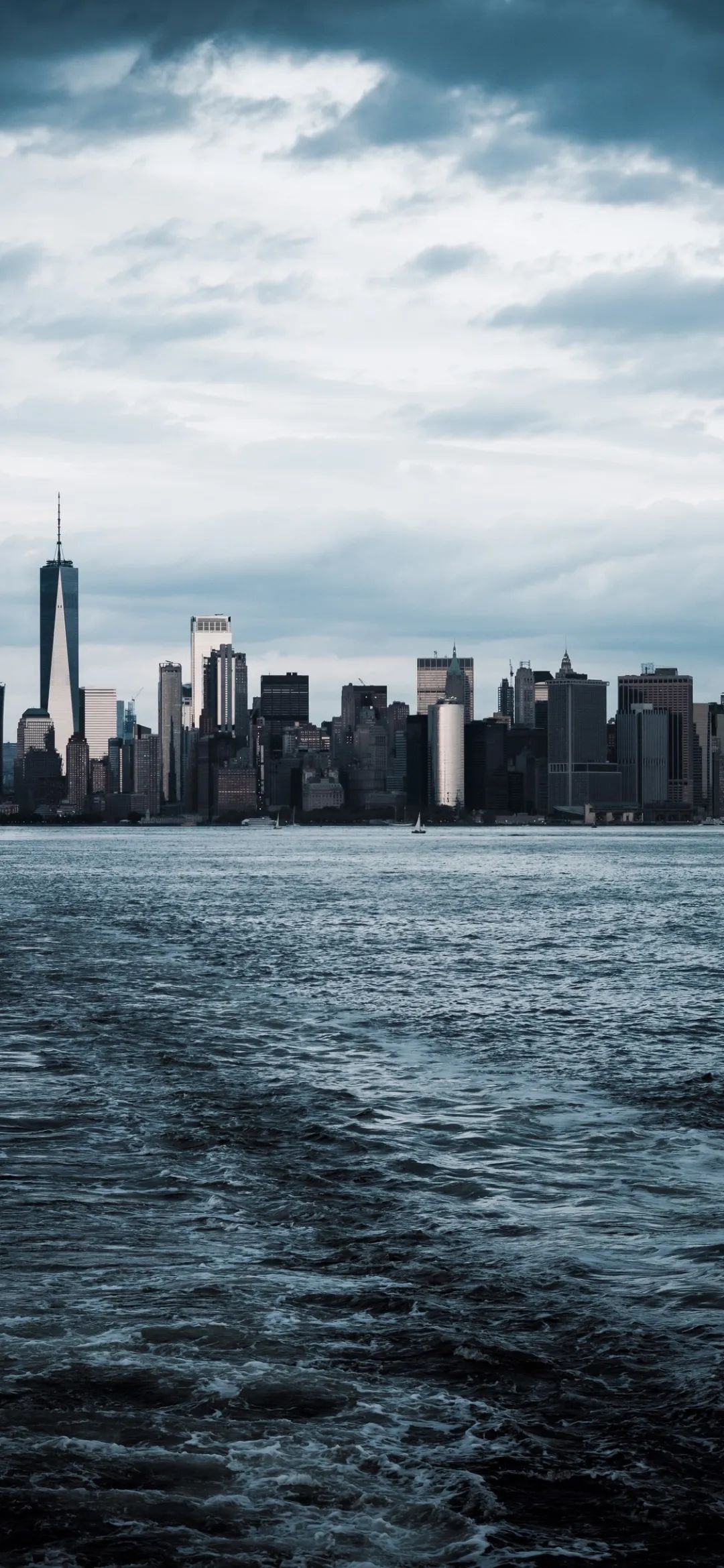Building area 840 square meters/150 square meters/340 square meters/690 square meters.
Since the Modern Architecture Movement, the connection between form, space, structure (“things”) and meaning (“words”) has gradually broken down. Contemporary architecture, which deals with these specific issues, is always pale and powerless when facing grand and dominant cultural issues, or falls into the quagmire of “imitation”, confused by “like” and “unlike”; Or indulging in the local interests of a certain dynasty or generation in Chinese history, feeling contented among the green and Daisy, and lonely in the garden; Or using “formal autonomy” as an excuse to start endless “image production”, copying and pasting into countless seemingly familiar and inexplicable curves. Therefore, with the current knowledge of architecture (episteme), we have no expectations for the “canal culture”..
The Grand Canal of China is one of the greatest water conservancy projects in Chinese history, and the Three Bays of Yangzhou are the most important north-south nodes of the ancient canal. With the landing of the iconic building of the Grand Canal National Cultural Park – the China Grand Canal Museum, designed by Academician Zhang Jinqiu, in Sanwan Park, Yangzhou City and Sanwan Park have undergone a transformation together..
Under the systematic planning with the theme of “New Bay”, the owners and competition organizers hope to create a group of “small and beautiful” public cultural buildings in Sanwan Park, injecting new vitality into the park while conveying the spirit of the canal..
More specifically, the competition requires the construction or renovation of four discrete small public buildings with completely different functions and positioning within the Three Bay Park, which is characterized by the canal culture..
Among them, the “Canal New Life Study”, which functions as a bookstore, is located at the entrance of the entire Sanwan Park; The “Canal Friendship Boat” shared with the Canal Alliance City is required to be movable and set on the canal opposite the new study room; The Canal Ecological Exhibition Gallery is located at the center of the Sanwan Wetland, and requires the provision of natural education research functions on the basis of ecological protection; The Canal Water Sports Center, which is planned to serve as the origin of Yangzhou rowing, faces the Grand Canal Museum across the water and is positioned as an important building for watching and sports services along the Grand Canal..
So we are confused: how to respond to the competition setting and the issue of canal culture within the base with four completely different buildings? More importantly, these four completely different buildings also need to form a unity – how to achieve unity?.
The turning point begins with a cognitive leap that occurs when we read a series of texts about the canal: what are we talking about when talking about the canal? What we are talking about is not the physical water conservancy project, but the “integration of scenery” that promotes the prosperity of Yangzhou from south to north on the canal. Yangzhou Pass was once the most important place for material exchange in the Grand Canal Basin. Porcelain and paper from the south and steel and wood from the north meet and circulate here, together forming a unique scene of cultural exchange in the canal..
△ Yangzhou section of the Grand Canal during the Qing Dynasty (“Baota Bay” in the picture is the approximate location of the base, source: Li Pei edited “Complete Map of the Beijing Hangzhou Canal during the Qing Dynasty”).
Therefore, focusing on the unique scenery of the Yangzhou section of the Grand Canal, we will combine porcelain (in the south), paper (in the south), and steel (in the north).


